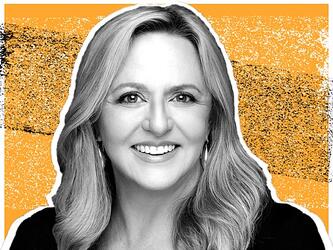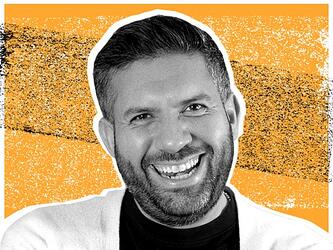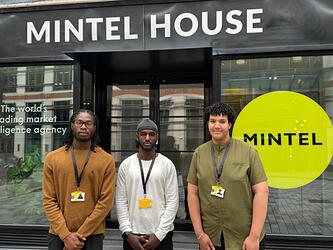Welcome to the age of physiology
Morrison is doing his part to hasten this coming age. Through his previous company, Filmtrip, he helped produce the world’s first bio-responsive horror film – Unsound – in which scenes, music and sound effects would be altered based on the biometric readings of participating audience members.
Unsound used two different metrics to shape its 15-minute run-time: heart rate and galvanic skin response – a measure of the electrical conductance of skin, which varies according to sweat levels.
The film made its debut at the SXSW Festival in 2011. After the screening, Morrison recalls how one of the participants came up to him to say: “If you could figure out a way to make this go mobile, you would be on to something serious.”
Two years on, that challenge has been met. Morrison and his Filmtrip business partner Shane McCourt have launched the company Sensum, and their technology for measuring skin conductance now fits on a wristband, with wires connecting to the index and middle fingers.
When used in tandem with Sensum’s mobile and tablet app, wearers can track their physiological responses to different stimuli – be it audio, video or interactive content like websites. Morrison and McCourt envision two distinct but related applications for Sensum’s technology. There’s a pure metrics play, where it’s used to help advertisers test the emotional resonance of a piece of content. Then there is the interactive potential, as demonstrated by Unsound.
The right mood
Sensum is not alone in looking at ways to use biometric data to shape our experiences. Apple was recently awarded a patent for ‘smart’ headphone technology that could monitor user activity and physiological data, like temperature, perspiration and heart rate, and feed that back to a paired electronic device, such as an iPad or iPhone.
“Examples of physical monitoring can vary,” the patent filing says. “However, one example is that the electronic device can estimate whether the user is tired, and if so, can induce or motivate the user to continue. As another example, the electronic device can sense when the user is running uphill, and generate the appropriate motivation for the benefit of the user” – playing an energetic song, perhaps, or providing encouraging words (via Siri, no doubt).
But Apple has another reason for wanting to capture biometric data. A separate patent, filed in January, outlines a process for inferring a person’s mood – using a mix of physiological, behavioural and location data – in order to target them with appropriate content. Adverts, most likely.
Of course, using the same processes, they should be able to work out when a piece of content makes you angry and never show it to you again. Ergo, no more annoying ads.
- Originally published in Impact Issue 5, April 2014. Click here for more information, or to subscribe.

We hope you enjoyed this article.
Research Live is published by MRS.
The Market Research Society (MRS) exists to promote and protect the research sector, showcasing how research delivers impact for businesses and government.
Members of MRS enjoy many benefits including tailoured policy guidance, discounts on training and conferences, and access to member-only content.
For example, there's an archive of winning case studies from over a decade of MRS Awards.
Find out more about the benefits of joining MRS here.











0 Comments